Solvent Dyes
Dye refers to a class of substances allowing other substances (such as fiber and its main products, etc.) to obtain certain colors with mainly being organics. The ancient paint is extracted from plants and animals. China is one of the first countries in the world which began use natural dyes. At 4000 years ago, people in china had already known how to do silkworm breeding and reeling and dye to various colors. Indigo, Alizarin, gall and carmine are among the earliest applied natural dyes in ancient China. However, there is only 100 years of history for modern industrial production of organic dyes. The first synthetic dye, mauveine, was synthesized in 1856, by the British chemist Perkin for wool and silk dyeing. In 1901, a German chemist invented the Vat Blue (called Indanthrone blue) which becomes a solid cotton dye. In 1956, active dyes had appeared. Since the 1960s, with the emergence of a large number of synthetic fibers, the development of various types of dyes is greatly boosted and until now dyes with practical applications has reached 1000 or more and has almost replaced all natural dyes. According to the structure of the dyes, it can be divided into dye azo dyes, carbonyl dyes, reactive dyes, aromatic dyes and phthalocyanine dyes; based on the application, it can be divided into acidic dyes, direct dyes, solvent dyes, vat dyes and disperse dyes and the like.
The solvent dye refers to dye being insoluble in water but soluble in an organic solvent. Based on the types of the solvents, it can be divided into: (1) A series. It can be dissolved in alcohol dye with bright color and is generally used for dyeing alcohol. (2) O series. It can be dissolved in an organic solvent and grease and is mainly used for the coloring of fats and oils. (3) W series. Used for the specific dyes for wax coloring.
- Structure:
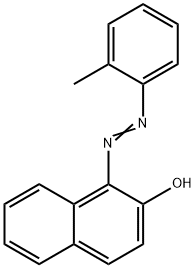
- Chemical Name:Solvent Orange 2
- CAS:2646-17-5
- MF:C17H14N2O
- Structure:
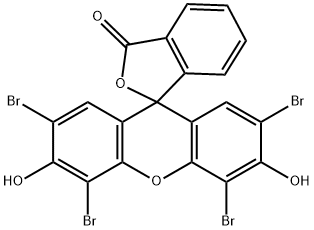
- Chemical Name:Solvent Red 43
- CAS:15086-94-9
- MF:C20H8Br4O5
- Structure:
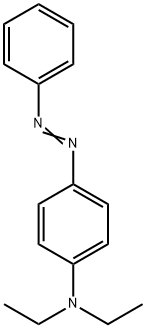
- Chemical Name:Solvent Yellow 56
- CAS:2481-94-9
- MF:C16H19N3
- Structure:

- Chemical Name:Solvent Yellow 33
- CAS:8003-22-3
- MF:C18H11NO2
- Structure:
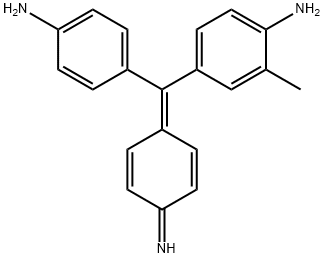
- Chemical Name:Solvent Red 41
- CAS:3248-93-9
- MF:C20H19N3
- Structure:
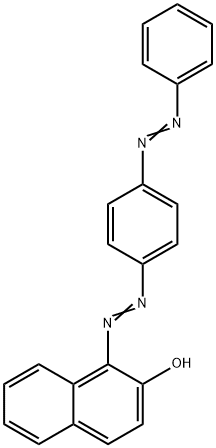
- Chemical Name:Solvent Red 23
- CAS:85-86-9
- MF:C22H16N4O
- Structure:

- Chemical Name:Solvent Red 27
- CAS:1320-06-5
- MF:C26H24N4O
- Structure:
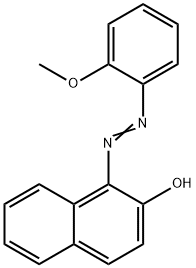
- Chemical Name:Solvent Red 1
- CAS:1229-55-6
- MF:C17H14N2O2
- Structure:
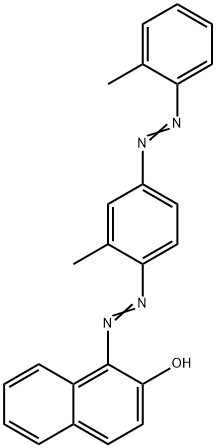
- Chemical Name:Solvent Red 24
- CAS:85-83-6
- MF:C24H20N4O
- Structure:
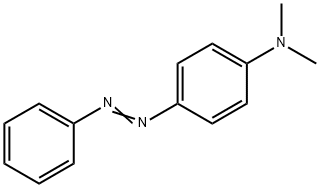
- Chemical Name:Solvent Yellow 2
- CAS:60-11-7
- MF:C14H15N3
- Structure:
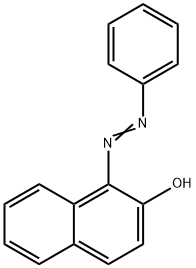
- Chemical Name:Sudan I
- CAS:842-07-9
- MF:C16H12N2O
- Chemical Name:Solvent Violet 36
- CAS:61951-89-1
- MF:
- Structure:
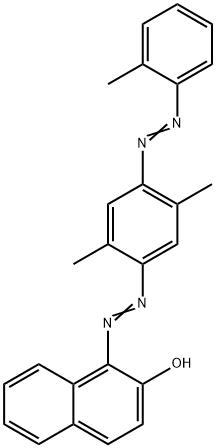
- Chemical Name:Solvent Red 26
- CAS:4477-79-6
- MF:C25H22N4O
- Structure:
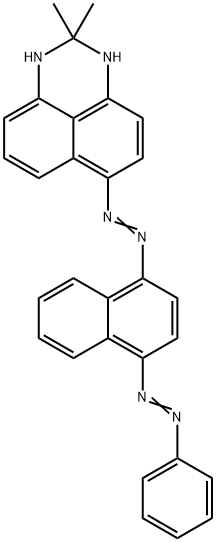
- Chemical Name:Solvent Black 3
- CAS:4197-25-5
- MF:C29H24N6
- Chemical Name:Solvent Yellow 82
- CAS:12227-67-7
- MF:
- Chemical Name:Solvent Black 27
- CAS:12237-22-8
- MF:
- Structure:
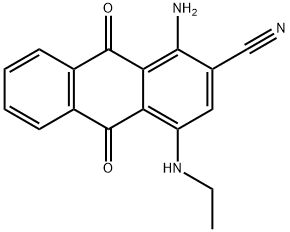
- Chemical Name:Disperse Blue 359
- CAS:62570-50-7
- MF:C17H13N3O2
- Structure:
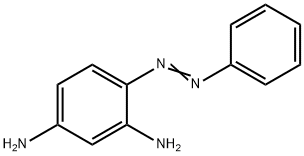
- Chemical Name:2,4-DIAMINOAZOBENZENE
- CAS:495-54-5
- MF:C12H12N4
- Structure:
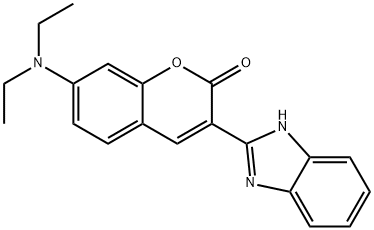
- Chemical Name:COUMARIN 7
- CAS:27425-55-4
- MF:C20H19N3O2
- Structure:
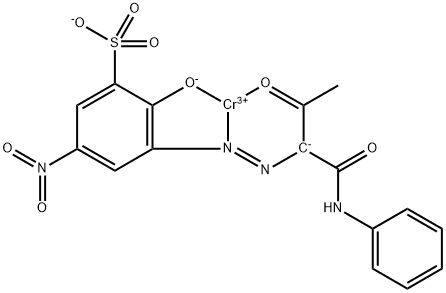
- Chemical Name:Solvent Yellow 19
- CAS:10343-55-2
- MF:C16H11CrN4O8S
- Structure:
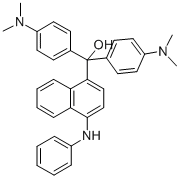
- Chemical Name:Solvent Blue 4
- CAS:6786-83-0
- MF:C33H33N3O
- Chemical Name:Solvent Blue 67
- CAS:12226-78-7
- MF:
- Chemical Name:Solvent Yellow 79
- CAS:12237-31-9
- MF:
- Structure:
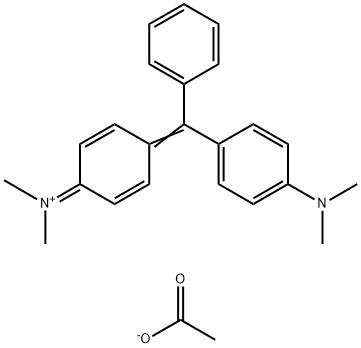
- Chemical Name:Solvent Green 1
- CAS:41272-40-6
- MF:C25H28N2O2
- Chemical Name:Solvent Brown 43
- CAS:61116-28-7
- MF:
- Structure:
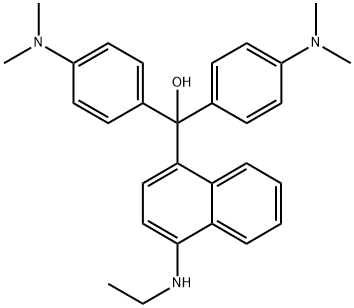
- Chemical Name:Solvent Blue 6
- CAS:6786-84-1
- MF:C29H33N3O
- Chemical Name:Solvent Red 149
- CAS:71902-18-6
- MF:C23H22N2O2
- Structure:
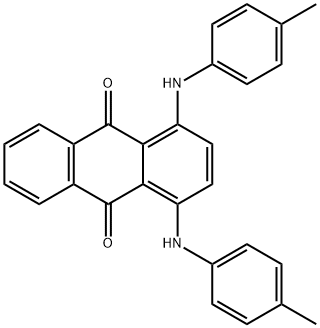
- Chemical Name:Solvent Green 3
- CAS:128-80-3
- MF:C28H22N2O2
- Chemical Name:Solvent Orange 54
- CAS:12237-30-8
- MF:
- Structure:
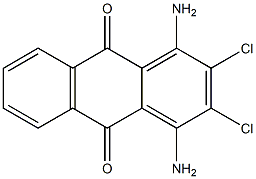
- Chemical Name:Solvent Violet 31
- CAS:70956-27-3
- MF:C14H8Cl2N2O2
- Structure:
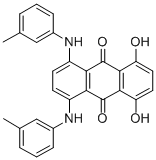
- Chemical Name:Solvent Green 28
- CAS:71839-01-5
- MF:C28H22N2O4
- Structure:

- Chemical Name:SOLVENT YELLOW 16
- CAS:119371-24-3
- MF:C16H14N4O
- Structure:
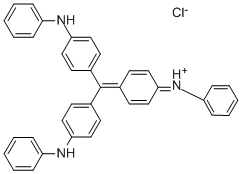
- Chemical Name:OPAL BLUE SS
- CAS:2152-64-9
- MF:C37H30ClN3
- Structure:
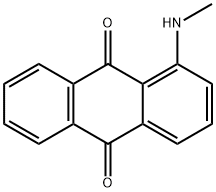
- Chemical Name:Disperse Red 9
- CAS:82-38-2
- MF:C15H11NO2
- Chemical Name:Solvent Orange 107
- CAS:185766-20-5
- MF:
- Chemical Name:Solvent Black 29
- CAS:61901-87-9
- MF:
- Structure:

- Chemical Name:SOLVENT ORANGE 63
- CAS:
- MF:C23H12OS
- Structure:
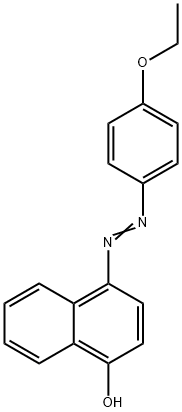
- Chemical Name:Solvent Red 3
- CAS:6535-42-8
- MF:C18H16N2O2
- Chemical Name:Solvent Blue 45
- CAS:37229-23-5
- MF:
- Chemical Name:Solvent Violet 37
- CAS:61969-50-4
- MF:
- Chemical Name:Solvent Blue 70
- CAS:12237-24-0
- MF:
- Chemical Name:Solvent Red 172
- CAS:63512-13-0
- MF:C21H13Br2NO3
- Structure:
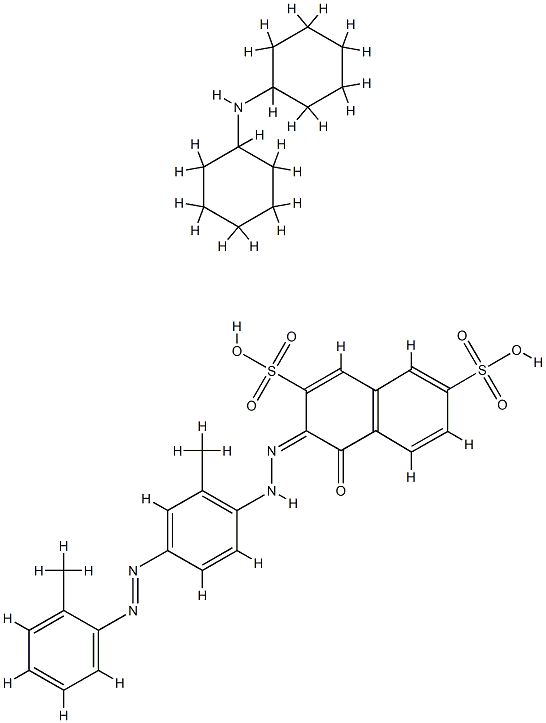
- Chemical Name:Solvent Red 32
- CAS:6406-53-7
- MF:C36H43N5O7S2
- Structure:
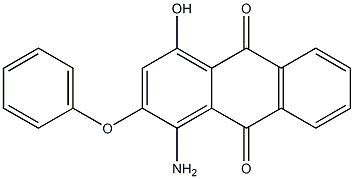
- Chemical Name:Solvent Red 146
- CAS:70956-30-8
- MF:C20H13NO4
- Structure:

- Chemical Name:Solvent Blue 5
- CAS:1325-86-6
- MF:C33H41N3O
- Chemical Name:SOLVENT RED 109
- CAS:
- MF:
- Structure:
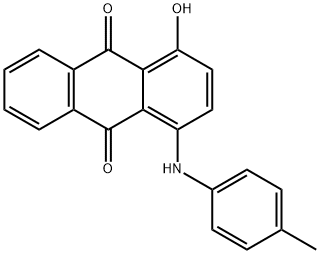
- Chemical Name:Solvent Violet 13
- CAS:81-48-1
- MF:C21H15NO3
- Structure:

- Chemical Name:Solvent Violet 14
- CAS:67577-84-8
- MF:C28H22N2O2
- Structure:
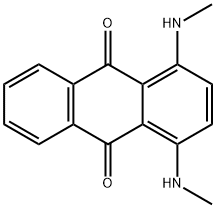
- Chemical Name:Disperse Blue 14
- CAS:2475-44-7
- MF:C16H14N2O2
- Structure:
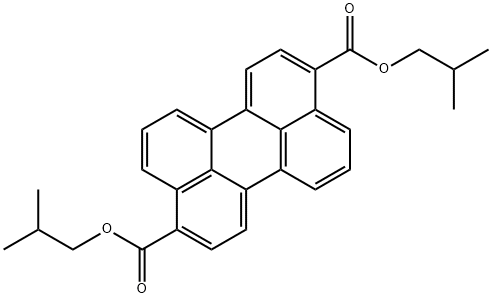
- Chemical Name:Solvent Green 5
- CAS:2744-50-5
- MF:C30H28O4
- Structure:
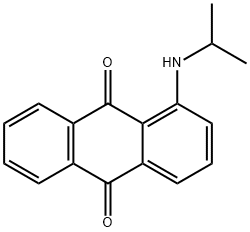
- Chemical Name:Solvent Red 169
- CAS:27354-18-3
- MF:C17H15NO2
- Structure:
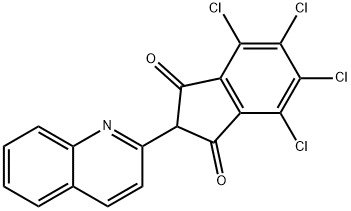
- Chemical Name:Solvent Yellow 157
- CAS:27908-75-4
- MF:C18H7Cl4NO2
- Structure:
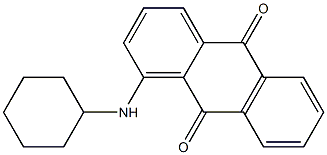
- Chemical Name:Solvent Red 168
- CAS:71832-19-4
- MF:C20H19NO2
- Structure:
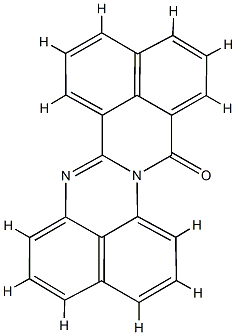
- Chemical Name:Solvent Red 179
- CAS:89106-94-5
- MF:C22H12N2O
- Chemical Name:SOLVENT BLUE 48
- CAS:61711-30-6
- MF:
- Structure:
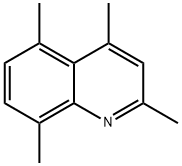
- Chemical Name:2,4,5,8-TETRAMETHYLQUINOLINE
- CAS:39581-63-0
- MF:C13H15N
- Structure:
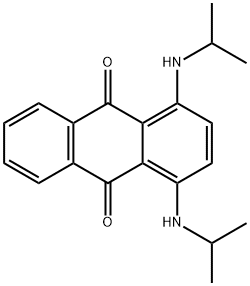
- Chemical Name:Solvent Blue 36
- CAS:14233-37-5
- MF:C20H22N2O2
- Structure:

- Chemical Name:SOLVENT YELLOW 93
- CAS:190086-12-5
- MF:C21H18N4O2
- Chemical Name:Solvent Red 151
- CAS:114013-41-1
- MF:
- Chemical Name:Solvent Red 33
- CAS:61813-61-4
- MF:
- Chemical Name:Solvent Dyestuff
- CAS:
- MF:
- Structure:
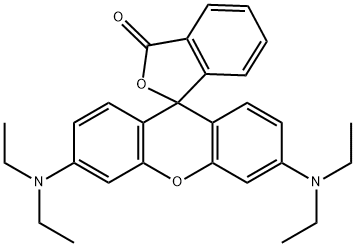
- Chemical Name:Solvent Red 49
- CAS:509-34-2
- MF:C28H30N2O3
- Structure:
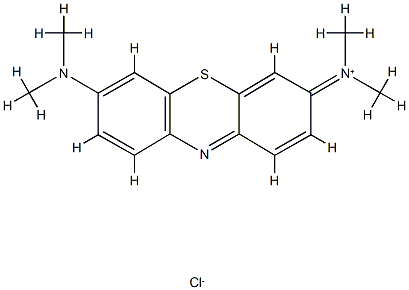
- Chemical Name:Solvent Blue 8
- CAS:12262-49-6
- MF:C16H18ClN3S
- Structure:
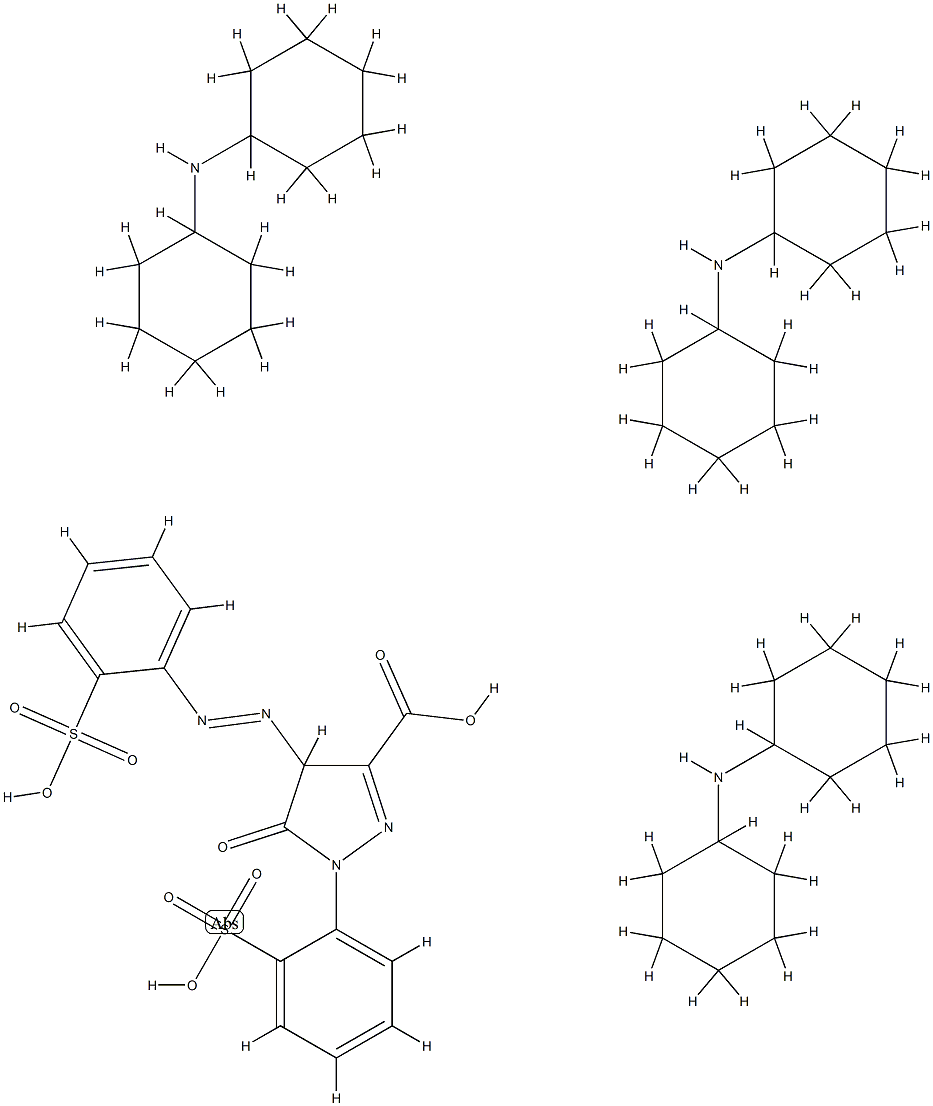
- Chemical Name:Solvent Yellow 15
- CAS:15876-56-9
- MF:C52H81N7O9S2
- Chemical Name:SOLVENT RED 122:1
- CAS:
- MF:
- Structure:

- Chemical Name:Vat Red 41
- CAS:522-75-8
- MF:C16H8O2S2
- Structure:
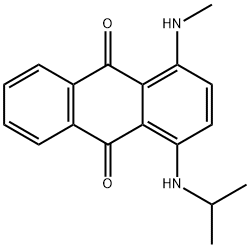
- Chemical Name:Solvent Blue 102
- CAS:15403-56-2
- MF:C18H18N2O2
- Structure:
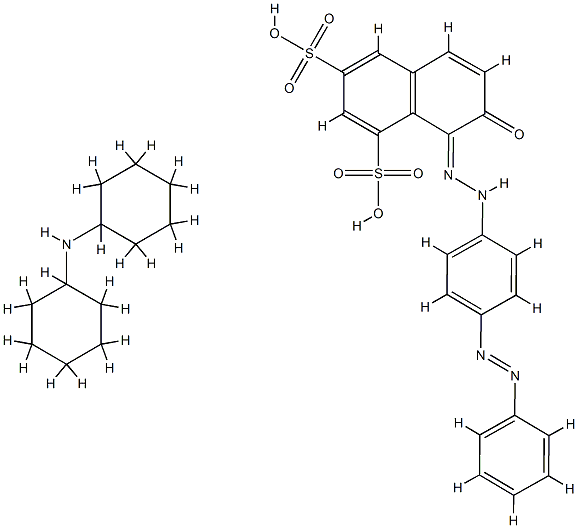
- Chemical Name:Solvent Red 30
- CAS:6226-87-5
- MF:C34H39N5O7S2
- Structure:
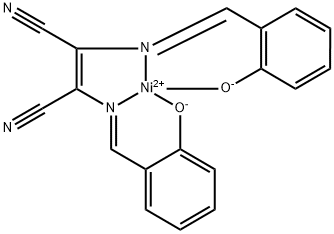
- Chemical Name:Solvent Brown 53
- CAS:64696-98-6
- MF:C18H10N4NiO2
- Structure:
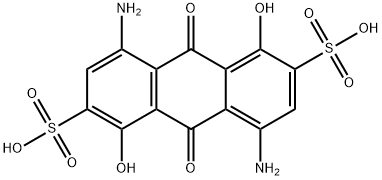
- Chemical Name:Solvent Blue 74
- CAS:128-86-9
- MF:C14H10N2O10S2
- Structure:

- Chemical Name:2,2'-[(3,3'-dimethyl[1,1'-biphenyl]-4,4'-diyl)bis(azo)]bis[4-nonylphenol]
- CAS:67990-27-6
- MF:C44H58N4O2
- Chemical Name:Solvent black 28
- CAS:12237-23-9
- MF:
- Structure:
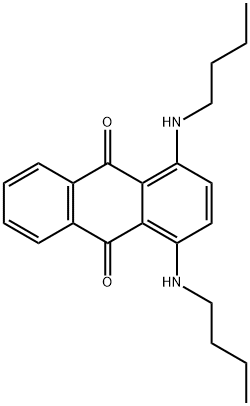
- Chemical Name:Solvent Blue 35
- CAS:17354-14-2
- MF:C22H26N2O2
- Chemical Name:Solvent Blue 97
- CAS:61969-44-6
- MF:C36H38N2O2
- Structure:
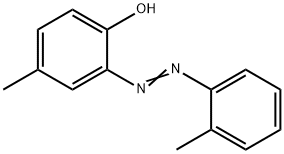
- Chemical Name:Solvent yellow 12
- CAS:6370-43-0
- MF:C14H14N2O
- Chemical Name:SOLVENT RED 195
- CAS:164251-88-1
- MF:
- Chemical Name:Solvent Yellow 179
- CAS:80748-21-6
- MF:
- Chemical Name:Solvent Red 111
- CAS:
- MF:
- Chemical Name:Solvent Yellow 47
- CAS:12227-04-2
- MF:
- Chemical Name:Solvent Orange 56
- CAS:12227-68-8
- MF:C16H13N5O7S
- Structure:
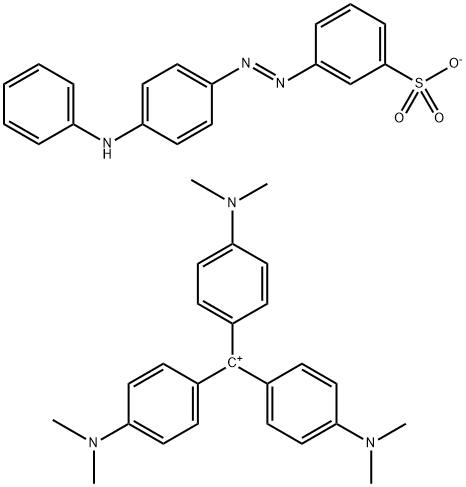
- Chemical Name:p,p',p''-tris(dimethylamino)tritylium m-[(p-anilinophenyl)azo]benzenesulphonate
- CAS:65294-17-9
- MF:C43H44N6O3S
- Chemical Name:SOLVENT ORANGE 3
- CAS:
- MF:
- Structure:
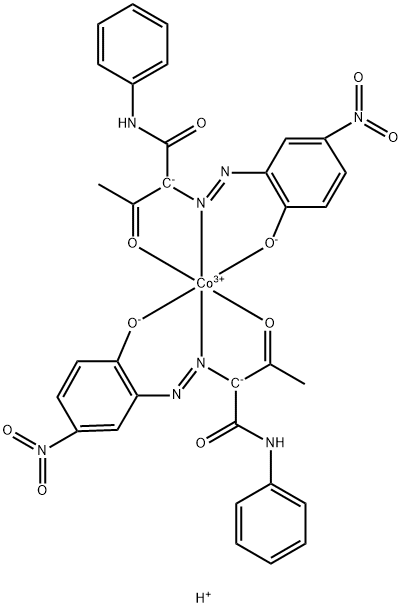
- Chemical Name:Solvent Orange 45
- CAS:13011-62-6
- MF:C32H25CoN8O10
- Chemical Name:SOLVENT YELLOW 133
- CAS:
- MF:
- Chemical Name:Solvent Green BG
- CAS:
- MF:
- Chemical Name:C.I. Solvent Yellow 25
- CAS:37219-73-1
- MF:
- Structure:
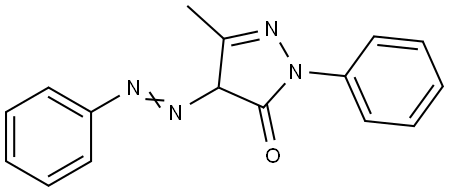
- Chemical Name:Solvent Yellow 16
- CAS:4314-14-1
- MF:C16H14N4O
- Structure:
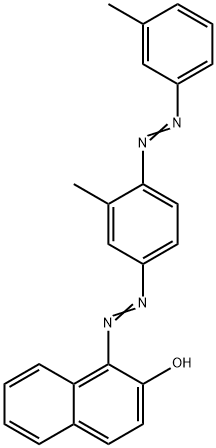
- Chemical Name:Solvent Red 25
- CAS:3176-79-2
- MF:C24H20N4O
- Structure:
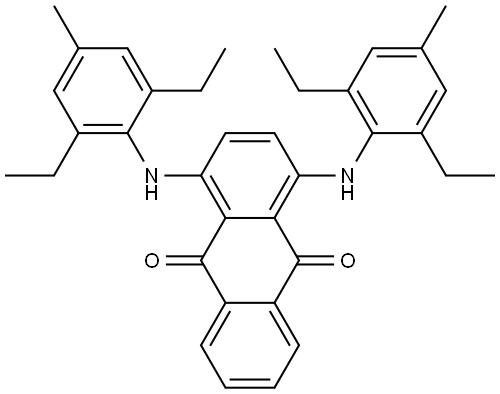
- Chemical Name:Solvent Blue 97
- CAS:32724-62-2
- MF:C36H38N2O2
- Structure:

- Chemical Name:FLUORESCENT YELLOW 3G
- CAS:
- MF:C36H45NO2S
- Structure:
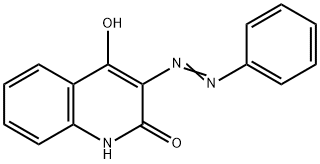
- Chemical Name:Solvent Yellow 18
- CAS:6407-80-3
- MF:C15H11N3O2
- Structure:
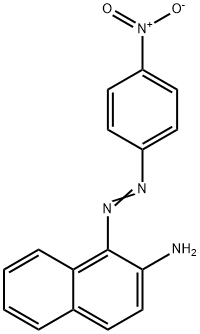
- Chemical Name:1-[(4-nitrophenyl)azo]naphthalen-2-amine
- CAS:3025-77-2
- MF:C16H12N4O2
- Structure:
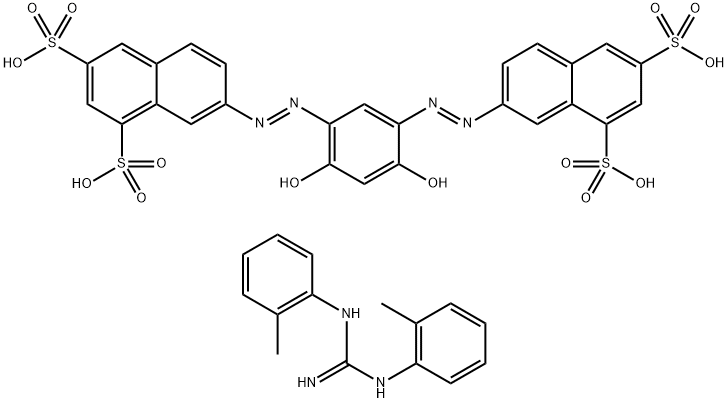
- Chemical Name:7,7'-[(4,6-dihydroxy-m-phenylene)diazo]bis(naphthalene-1,3-disulphonic) acid, compound with N,N'-di(o-tolyl)guanidine (1:4)
- CAS:72208-28-7
- MF:C41H35N7O14S4
- Structure:
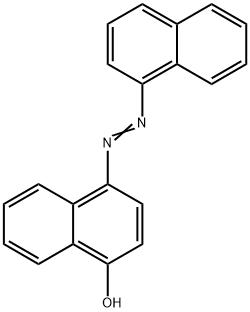
- Chemical Name:Solvent Brown 5
- CAS:2653-72-7
- MF:C20H14N2O
- Structure:
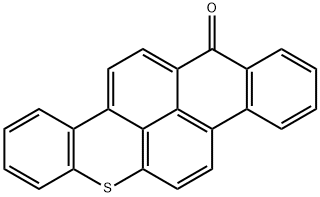
- Chemical Name:Solvent Orange 63
- CAS:16294-75-0
- MF:C23H12OS
- Structure:
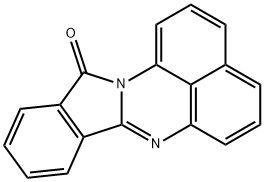
- Chemical Name:C.I. 564100
- CAS:6925-69-5
- MF:C18H10N2O
- Structure:
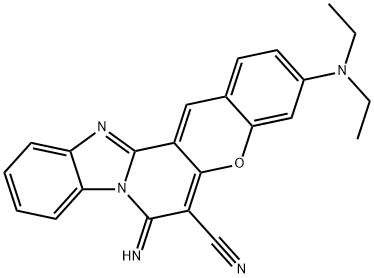
- Chemical Name:Solvent Red 197
- CAS:52372-39-1
- MF:C23H19N5O
- Chemical Name:Solvent Yellow 63
- CAS:61116-27-6
- MF:
- Chemical Name:Solvent Violet 38
- CAS:63512-14-1
- MF:C28H18Br4N2O2
- Chemical Name:Solvent Orange 99
- CAS:110342-29-5
- MF: